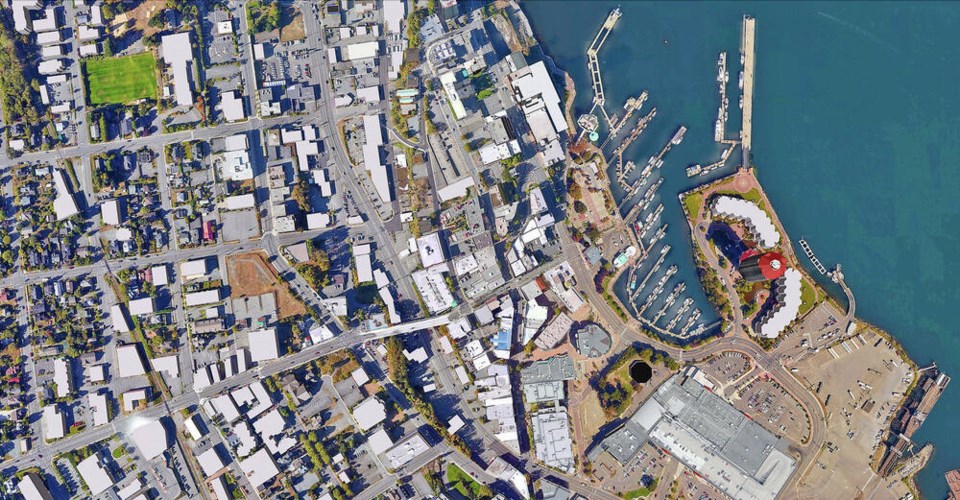Some Nanaimo residents don’t feel safe walking in the city centre day or night, according to new neighbourhood safety audits put together by the RCMP, Vancouver Island University and other participants.
About 26 per cent of the 239 residents and businesses responding to questions said they feel unsafe walking alone downtown in daylight, while 72 per cent said they feel unsafe if they are alone at night.
“It is clear that downtown Nanaimo residents experience concerns about their level of personal safety,” the report says.
As well, 65 per cent of respondents said they felt the crime rate has climbed in recent years. Before the audit, residents had already cited concerns about crime downtown, seeing it as the area “hardest hit as far as social complexities and public disorder,” the report said.
Despite safety concerns, 75 per cent of respondents said they have a strong sense of belonging in their neighbourhood and 83 per cent of residents have high levels of trust in their neighbours, work colleagues and local businesses, the report says.
A number of participants in the audit said drug use and large numbers of people without homes were major factors in their safety concerns. Many linked homeless people with crime and said they did not feel safe around them.
Nanaimo Mayor Leonard Krog said Monday that the city is no less or more safe than any other community of similar size in the province. He said issues surrounding drug addiction, mental health and homelessness are ongoing, and won’t be solved by municipal governments. “We don’t have the resources, the money. Everybody knows that.”
Krog urged the provincial and federal governments to “please just get it fixed,” adding: “We know what the problems are. We know there’s a multitude of solutions.”
While the province has stepped up with investments in housing and some supports, they need to be in Nanaimo more quickly, Krog said.
The mayor said he is looking forward to new supportive housing coming on stream shortly. The city is anticipating signing a new memorandum of understanding with the province for housing, he said.
Nanaimo is anxiously awaiting a “navigation centre” which provides accommodation and supports for people experiencing long-term homelessness. The centre was announced last year but has not been established, Krog said.
Sheila Malcolmson, minister of Mental Health and Addictions, said a suitable location has not yet been agreed upon.
Nanaimo’s centre would hold about 60 beds for people referred to the service.
Malcolmson acknowledged the issues in Nanaimo, saying her own office is downtown, where there is the deepest need. “It is extremely worrying seeing increasing number of people on the street and in active mental health and addiction distress.”
The province has opened hundreds of affordable housing units in Nanaimo and more are on their way, she said, adding it has also added mental health and addictions services.
On Monday, Island Health issued three requests for proposals seeking service providers to deliver new programs for people living with substance-use challenges, part of the province’s $500-million investment in mental health and addictions care.
Plans call for at least six sobering and assessment beds in Tofino and Ucluelet, along with up to eight supportive recovery beds in the Oceanside area and eight sobering and assessment beds in Nanaimo.



